Diving into the Golden Elixir: Exploring the Fascinating World of Honey
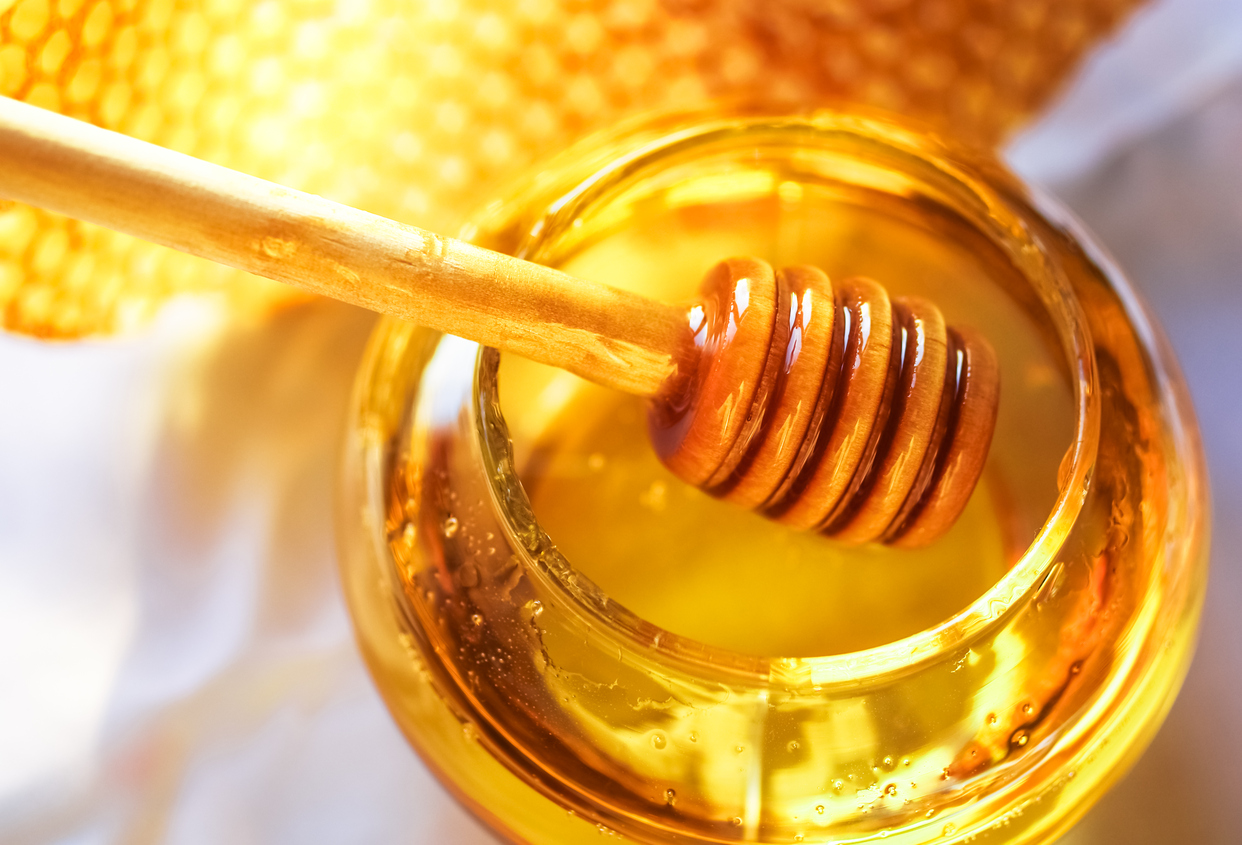
Contrary to popular beliefs, there is more to honey than thick sweetness.
There is more to honey than thick sweetness. In fact when you learn all about honey it’s is in a lot of ways a lot like wine with the taste, texture and other characteristics being completely different from region to region.
The main reason or this variety is the different raw materials used by bees to make the honey.
Bees use honeydew
from trees and nectar from flowers to make honey. It all depends on what is
easily available to them. The choice of raw material in this case has a huge
bearing on how strong and flavorful the mature honey turns out.
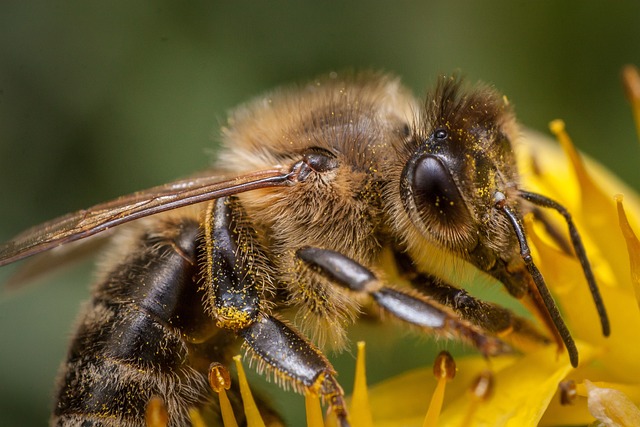
Another important
factor is the types of flowers from which the bees get their nectar. Here, it is
important to understand that not all nectar is the same. Flowers infuse their
product with unique aromas and flavors which are reflected in the honey
produced. I think my most favorite honey is spring honey with all the berry pollen from here at Hive and Honey.
Key characteristics to describe different types of honey ~
When it comes to
honey variations, there are 3 key characteristics that you can use as
identifying markers. These are viscosity, aroma and taste profile. Below is a
little more about these 3 traits and the varieties available in each case.
- Viscosity This
essentially refers to the texture and flow of the honey. The options available
include thick, grainy, smooth or even buttery light. More often than not,
thicker and grainier honey varieties have higher sugar content than lighter
options. The difference also comes in depending on how long the honey was aged
and the amount of water included in the honey making process.
- Aroma This refers
generally to the essence and scents you get from the honey. As earlier stated,
this is affected mainly by the flowers from which the bees source nectar for
the honey making. As a result, the aromas are named after the flowers
themselves. Some of the most common options in this case include lavender,
blueberry and daisies.
- Taste profile , honey has different flavors and distinct taste profiles. For the most
part, these go hand in hand with the aromas in terms of character. Some common
tastes include pear, apple, rose, citrus rind and many others. Some can also be
described as smoky and musky. This is usually as a result of smoke infusion
during the harvesting process. It is therefore important not to overdo the
smoking to avoid affecting the flavor profile too much.
After all is said and done, honey has a lot to offer in terms of flavor. This is great news for both bee farmers and consumers. As a bee farmer particularly, you get to customize your honey simply by controlling the types of flowers growing around your hives.
Many more interesting articles about honey below:
Honey Articles:
- Honey Storage Tips
- Honey vs Sugar - Are There Really Any Differences?
- Honey Allergy
- Honey and Weight Loss
- Honey Myth or Fact - What Do You Know?
- How Honey Lowers Cholesterol
- Hair Loss Remedy
- Nutritional Facts of Honey
- Honey and Tea
- Benefits of Honey
- Fix a Cold With Honey
- Pesticides Found in Honey
- Honey and Cosmetics
- Digestive Enzymes and the Role of Raw Honey
- Honey Recipes
- Can Pets-Dogs Eat Honey? Is it safe?
- Is Honey a Natural Cancer Vaccine?
- The Art of Hunting Honey from Wild Bees
- DIY Honey Birdseed Treats
- Honey Face Mask Recipes
- Organic Raw Honey vs Honey
- Use Honey For Acne
- Honey Categories
- How to Test for Pure Honey
- Honey Beeswax Soap
- Honey Remedies That Really Work
- How to Use Honey
- Amazing Raw Honey Benefits
- Honey and Skin Care
- Honey Roasted Walnuts
- Arificial vs Natural Honey Sweetener
- Medical Uses of Honey
- What Is Good Quality Honey?
- Does Honey Go Bad?
- Cooking With Honey
- Why Does Honey Crystallize?
- Calorie in Honey – Does It Differ From Sugar?
- Honey Garlic Chicken
- Do It Yourself - Make Creamed Honey
- Infants and Honey-Why Infants Should Not Be Fed Honey
- The Sweet History of Honey
- Mead - A Few Basics For New Consumers
- Why Honey Isn't Just Sugar and Why You Should Use It
- Diabetics and Honey
- Honey Lowers Cholesterol
- Honey Farms
- Honey Certifications
- Honey Reduces Dental Plaque
- What is Manuka Honey?
- Learn How to Know When to Harvest Honey
- Honey and Cinnamon Health Benefits
- Honey and Cinnamon for Weight Loss
- Bee Sayings
Learn More About Honey Bees >>
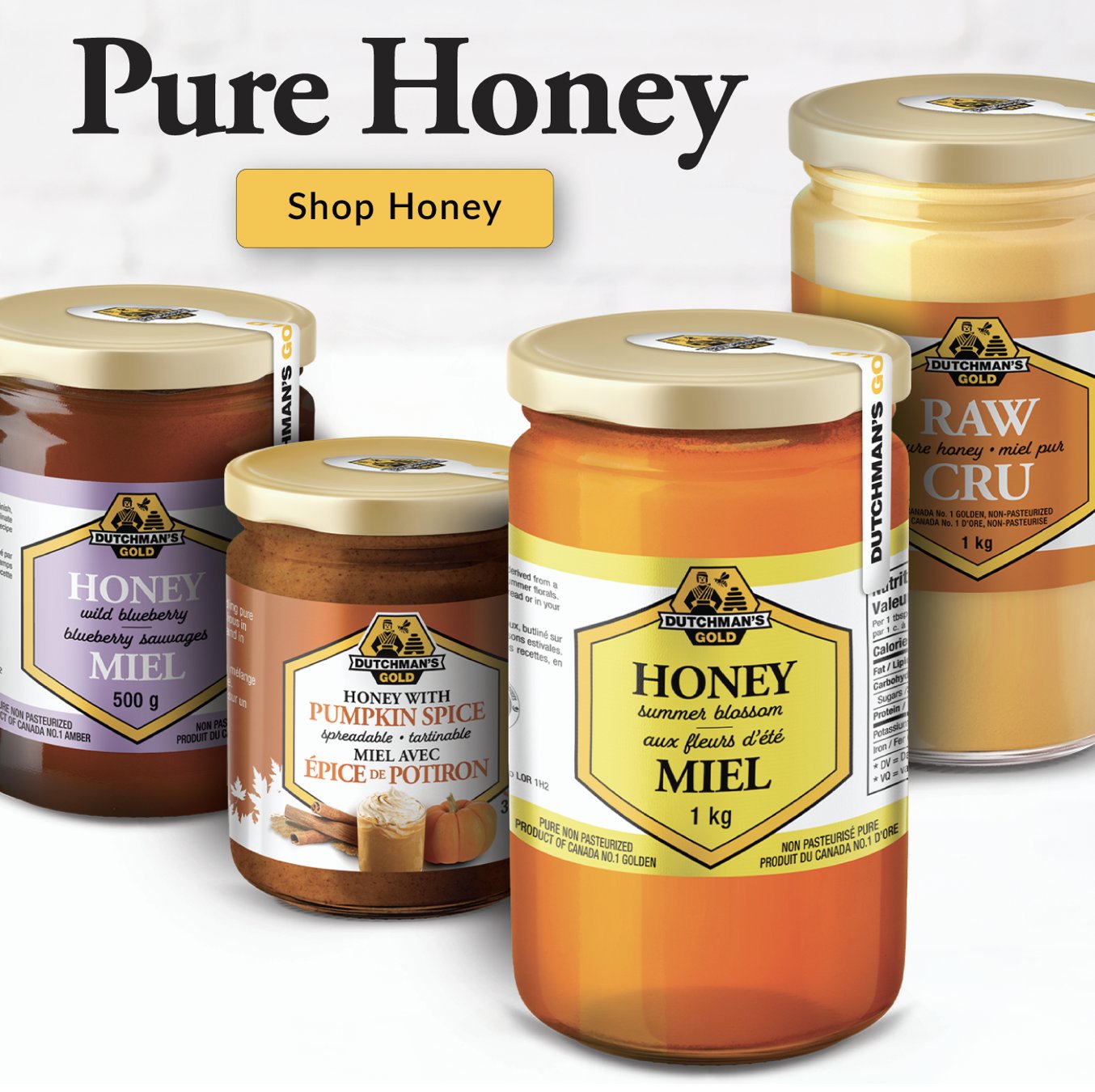
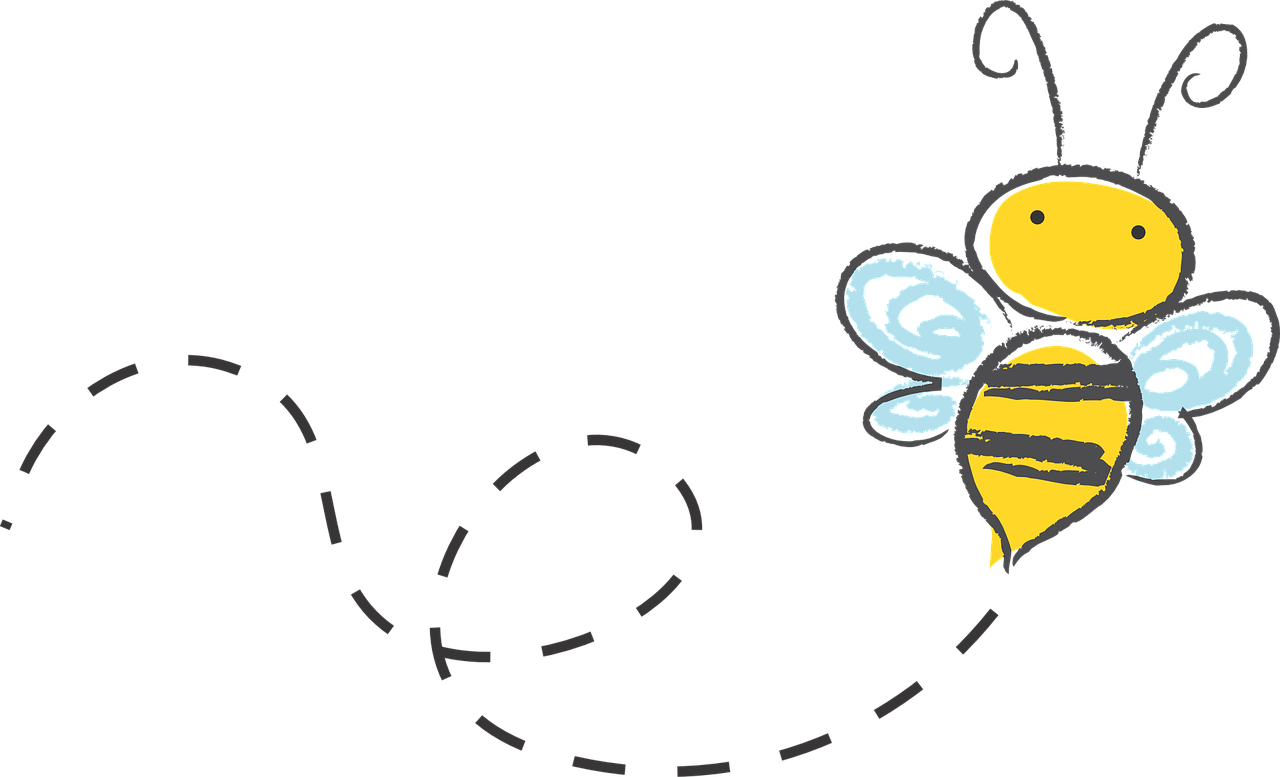
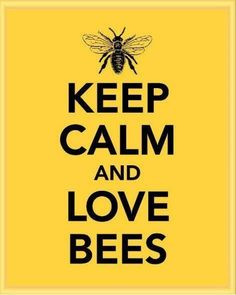
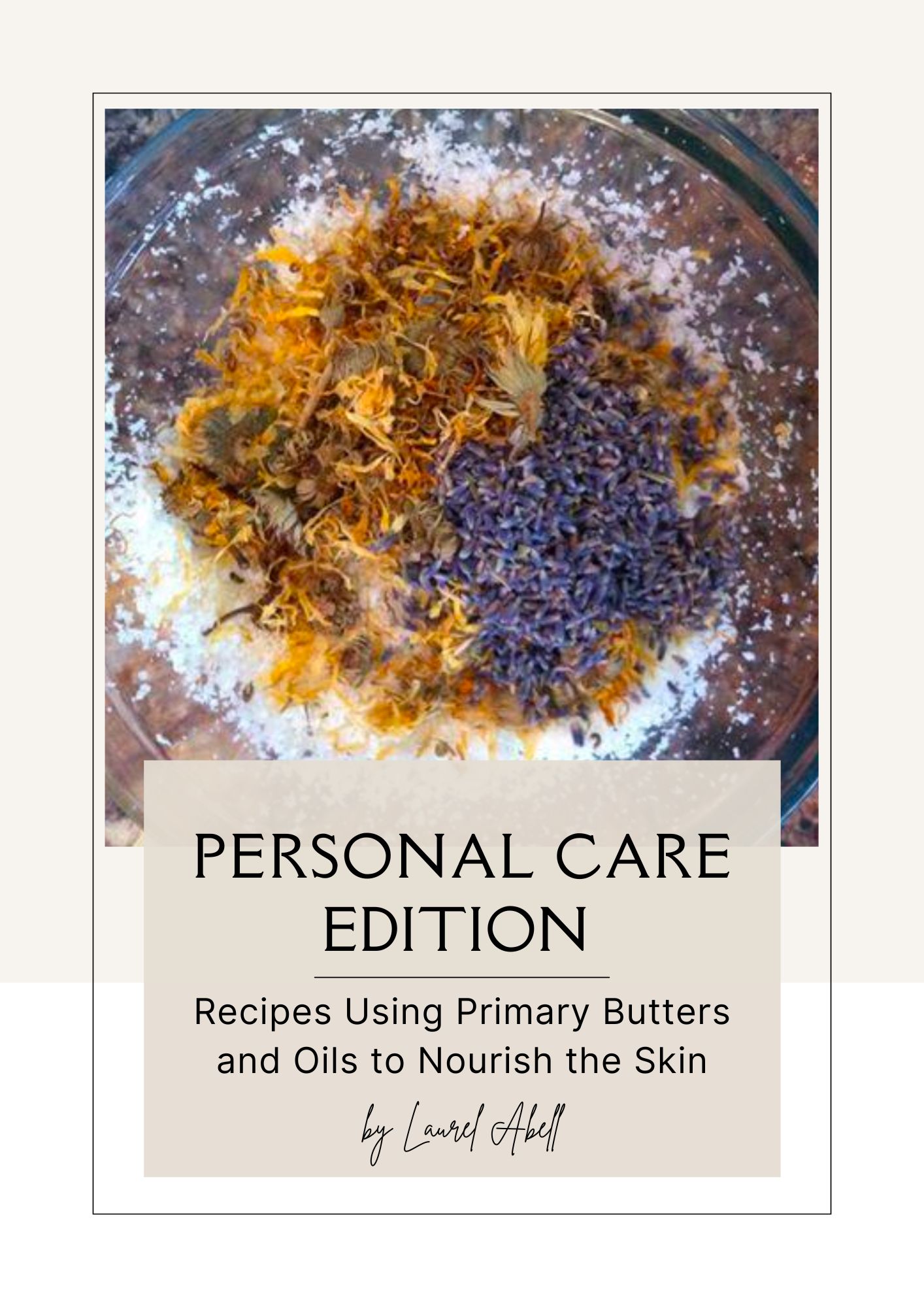
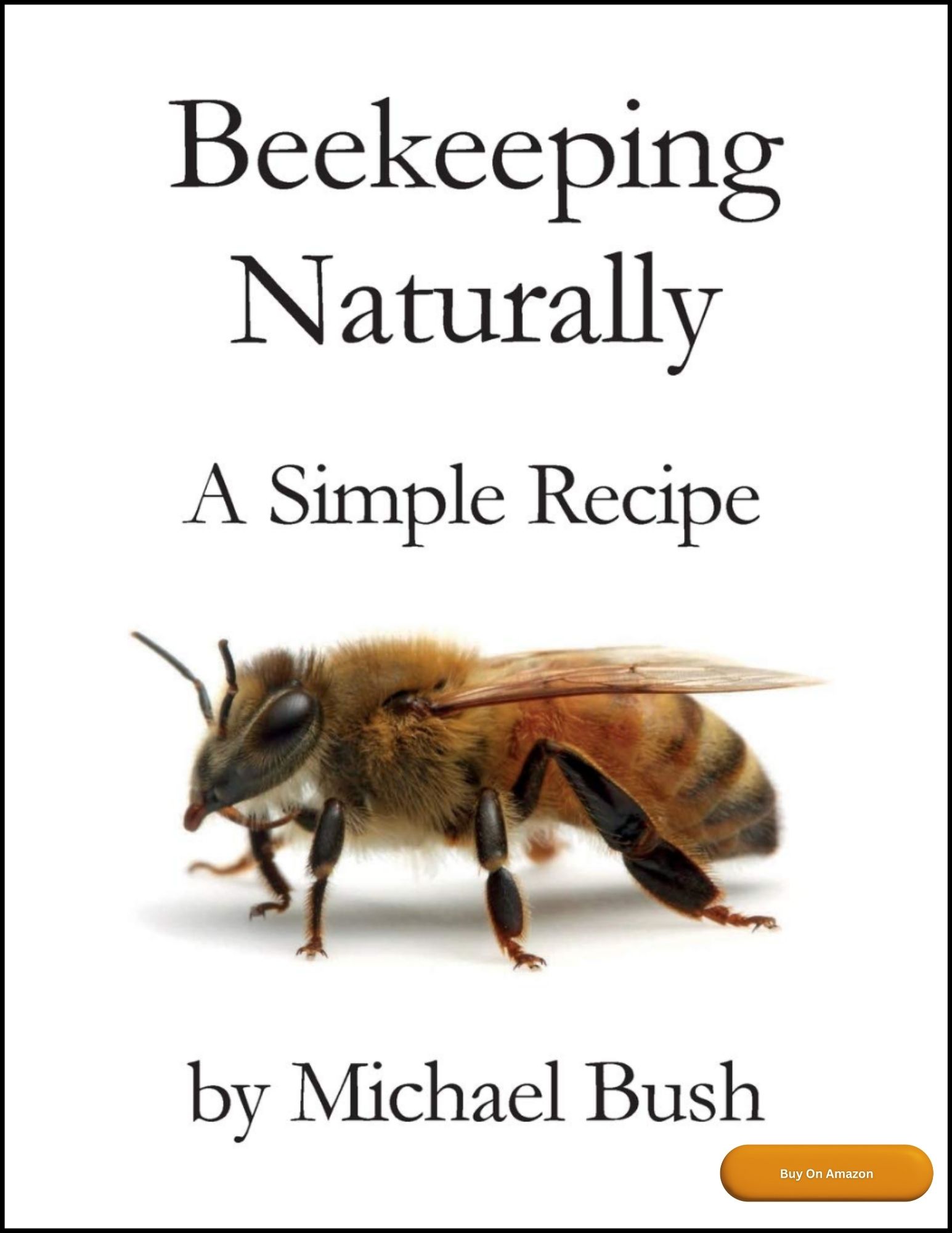
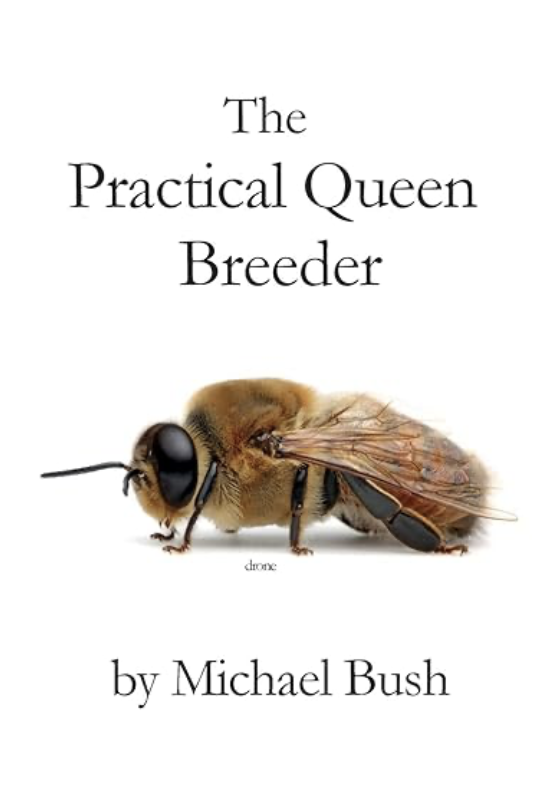
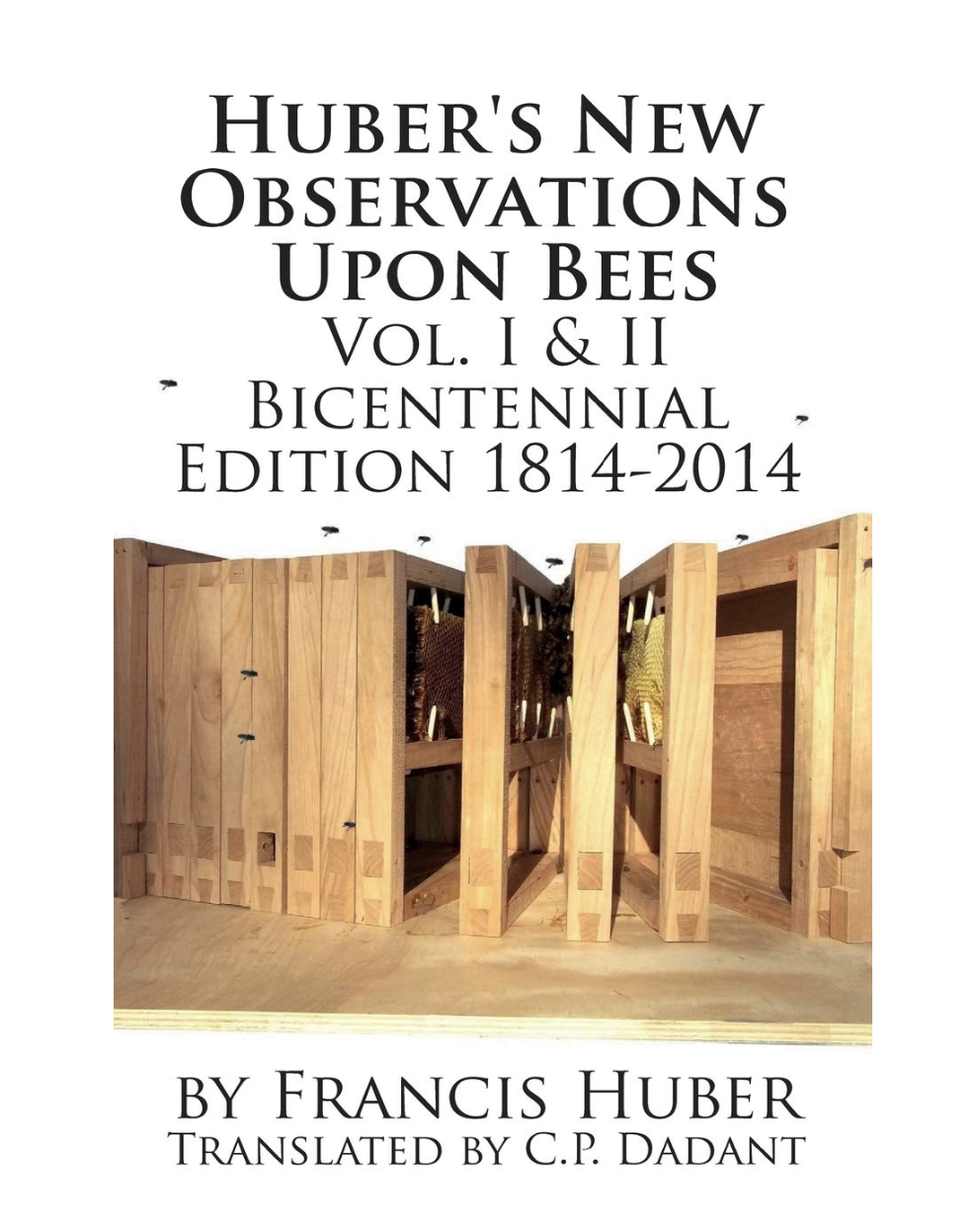
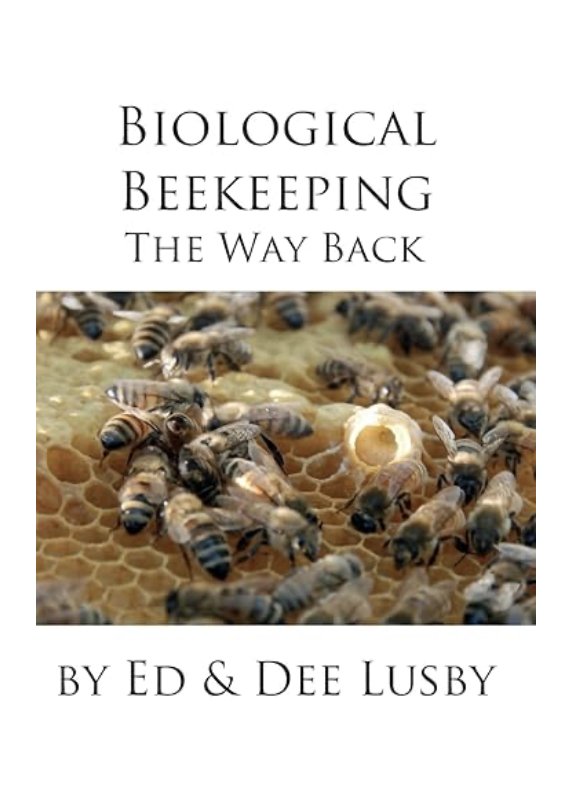

New! Comments
Have your say about what you just read! Leave me a comment in the box below.